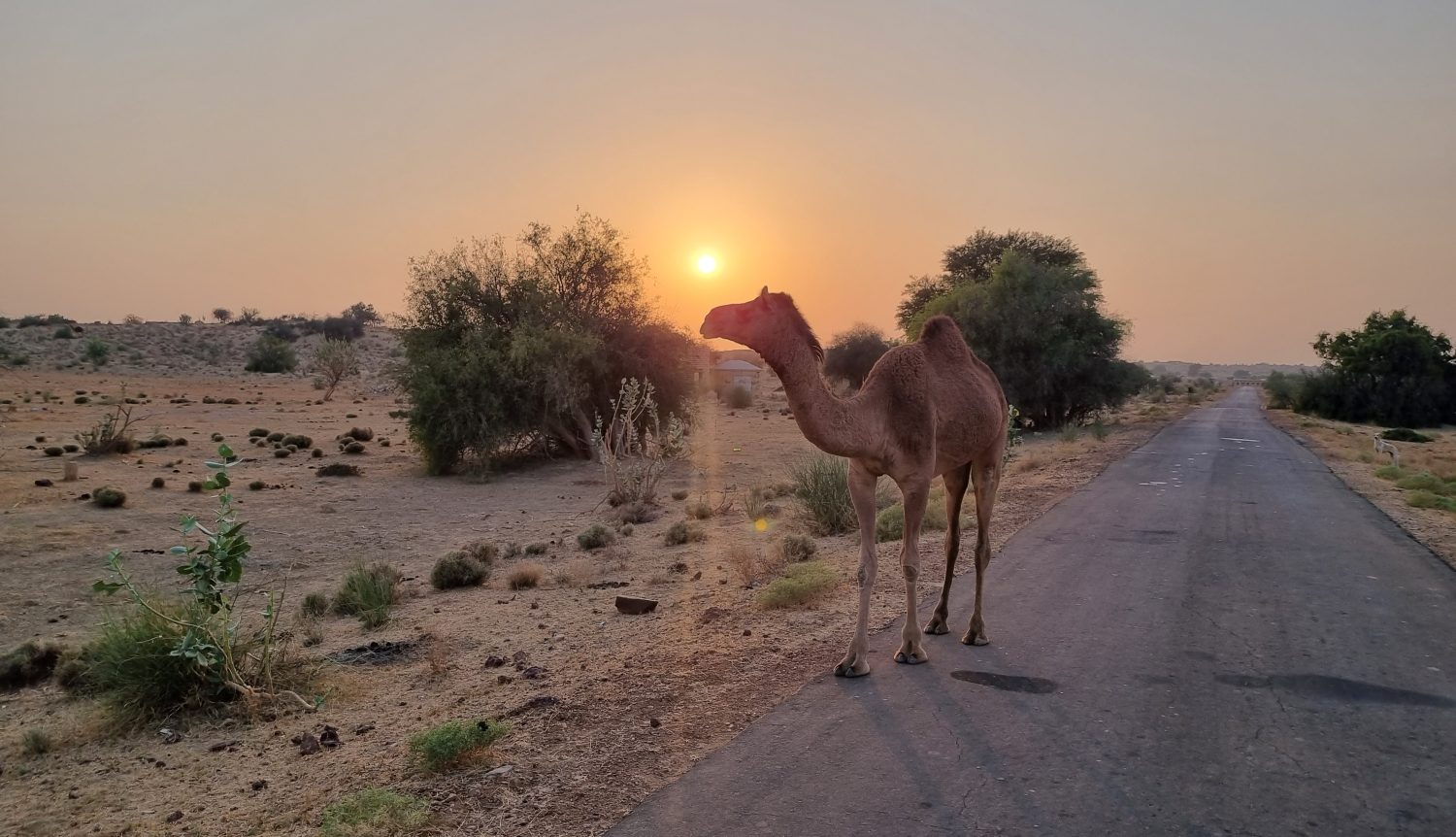
“On killing a tree” by Gieve Patel is a great example of a really good poem. It was prescribed in our school textbook and some of you might have read it earlier.
Though it’s very difficult to quantify the merits of a poem, one unmistakable quality of a good poem is that it has at least two levels i.e. an obvious meaning and another symbolic meaning. Some poems might have multiple levels! I think this is one of them. Here’s the poem, and I’ve provided an explanation later on. It’s a simple read.
On Killing a Tree – Gieve Patel
It takes much time to kill a tree,
Not a simple jab of the knife
will do it. It has grown
slowly consuming the earth,
Rising out of it, feeding
upon its crust, absorbing
years of sunlight, air, water,
And out of its leperous hide
Sprouting leaves.
So hack and chop
But this alone won’t do it.
Not so much pain will do it.
The bleeding bark will heal
And from close to the ground
will rise curled green twigs,
Miniature boughs
Which if unchecked will expand again
to former size.
No,
The root is to be pulled out –
Out of the anchoring earth;
It is to be roped, tied,
And pulled out – snapped out
or pulled out entirely,
Out from the earth-cave,
And the strength of the tree exposed,
The source, white and wet,
the most sensitive, hidden
for years inside the earth.
Then the matter
Of scorching and choking
In sun and air,
Browning, hardening,
twisting, withering,
And then it is done.
There are 3 levels to this poem that I could detect:
Level 1: Gives a physical description of the act of killing a tree and all the steps involved. This the first level.
Level 2: The tree symbolizes negative memories and rigid traditions that are as difficult to “kill” as the tree.
Level 3: There’s a reference to the environment and conservation. Despite the fact that it’s really difficult to kill a single tree, man is succeeding in killing multiple trees, wiping out forests and creating an environmental disaster! 🙁
